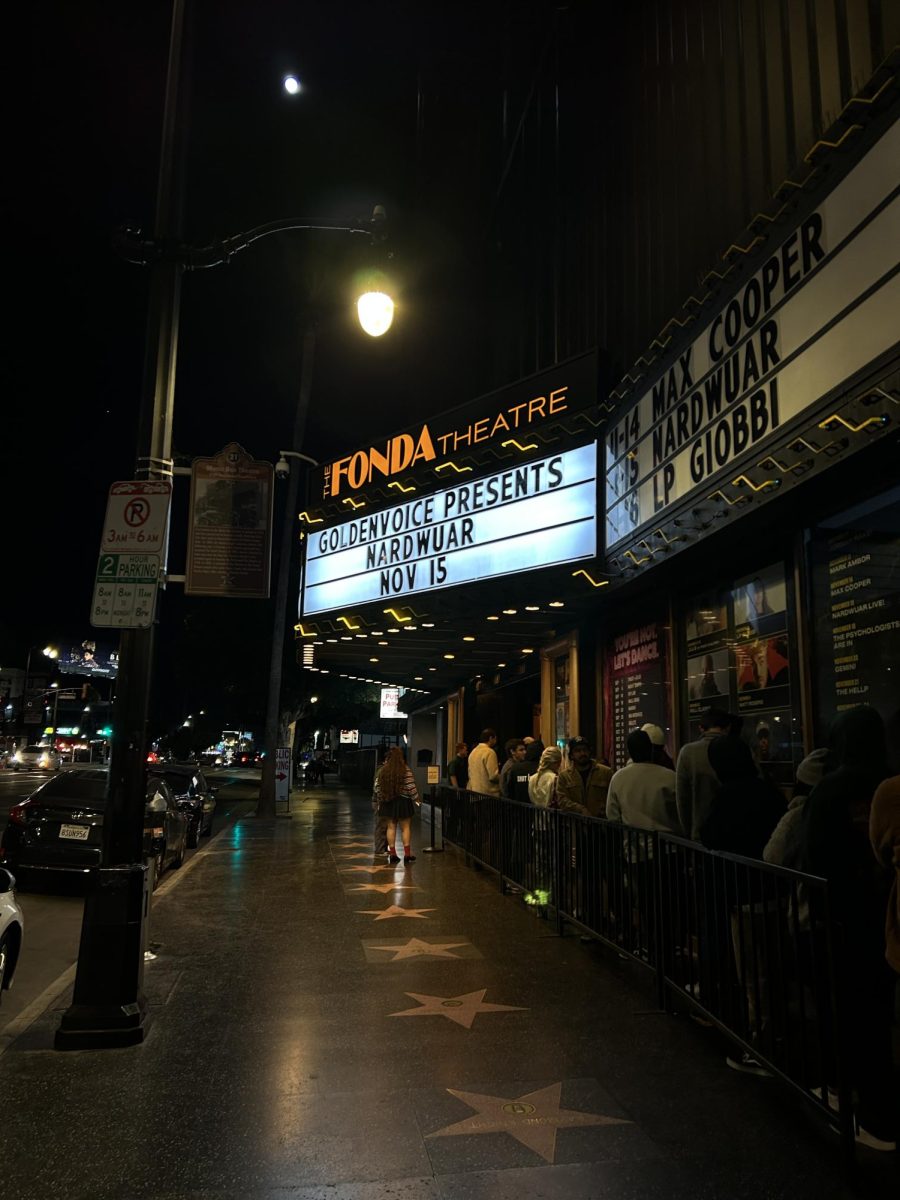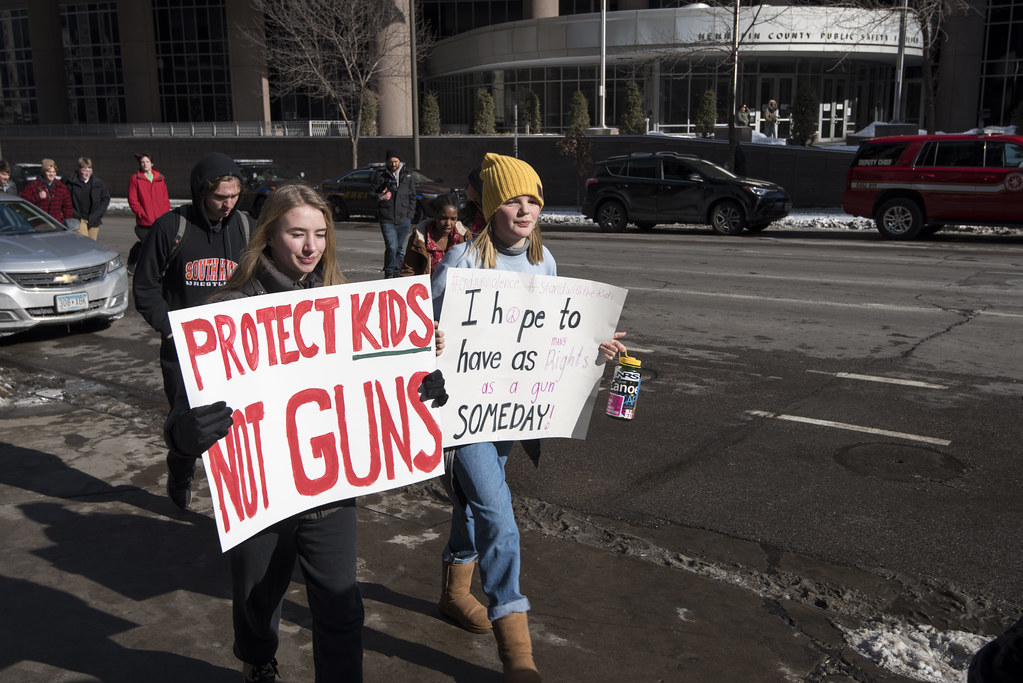Explaining Measure B and Measure RE in The Culver City Election

November 9, 2020
Culver City voters in the recent 2020 election had the opportunity to cast their ballots on two vital measures or legislations: Measure B, a rent control amendment legislation, and Measure RE, a real property transfer tax measure.
According to the official election website of Culver City, the ballot title for Measure B – Voter Approval of all Interim or Permanent Rent Control Measures, is as follows: “Shall the measure adding Culver City Municipal Code Section 15.09.100 requiring voter approval of any ordinance establishing interim or permanent rent control or prohibition on residential rent increases in the City of Culver City, including any ordinance establishing rent control adopted by the Culver City City Council after January 1, 2019, be adopted?”
Currently, only the City Council of Culver City, which consists of five different members, have the authority to instill rent control measures. However, if Measure B is approved, the power to implement new rent control measures would fall to the voters of Culver City, who would be making the final decision through the process of voting. This would eliminate the City Council’s authority to carry out similar measures in the future on their own. Measure B would also repeal the rent control measures passed after January 1, 2019 in Culver City. Oppositely, if Measure B does not get approved, City Council would continue to have the power to institute rent control measures without having to put it up for a vote and let the voters have the final say.
According to one “Argument and Rebuttal Form” from the Los Angeles County Registrar – Recorder/County Clerk signed by multiple proponents of Measure B, the new legislation is about “empowering voters to approve critical decisions made on housing policy in Culver City.” They believe that for rent control measures, people “should have the opportunity to directly voice your [their] approval or opposition in the same way that you [they] do for a local tax.” Opponents of Measure B in their own “Argument and Rebuttal Form” argue that the measure would “retroactively repeal renter protections in Culver City” and “would likely subject Culver City residents to a wave of evictions and price hikes during an unprecedented public health and economic crisis.” They also state that “The People of Culver City will always have the right to vote on an initiative for different or better landlord-tenant regulations, but now is not the time to repeal renter protections.”
The official vote tallies as of the 22nd of November is 10,190 voters or 45.49% of people in favor of the measure and 12,210 voters or 54.51% of Culver City citizens against Measure B, according to the Los Angeles County Election Results website.
The other measure on the ballot, Measure RE, or the Real Property Transfer Tax For Essential Services, is stated on the ballot as, “Shall the measure to maintain essential services, including deferred parks/facilities/street maintenance, addressing homelessness, after-school/senior services, and economic recovery, by increasing the one-time 0.45% tax on real property sales, adding 1.5% on amounts from $1,500,000 to $2,999,999, 3% on amounts from $3,000,000 to $9,999,999, and 4% on amounts $10,000,000 and above, except for sales under $1,500,000, affordable housing, and first transfer of new multi-family properties, and providing $6,000,000 annually until repealed, be adopted?”
With this measure, the real property transfer tax rate would increase for properties with sales values of $1.5 million or higher. The real property transfer tax or real estate transfer tax is a one-time tax that is paid when residential or commercial properties are sold or transferred. There is currently a flat tax rate for the real property transfer tax of 0.45% of the sales value for all properties in Culver City. However, the passing of Measure RE would change the tax rate to where there would be four different tax brackets. For properties that are valued at less than $1.5 million, the 0.45% tax rate would remain, the rate would increase to 1.5% on properties with values that are between $1.5 million to $2,999,999, 3% on amounts between $3 million to $9,999,999, and 4% on amounts of $10 million or more. The 0.45% tax rate would also remain for affordable housing and the first transfer of new multi-family properties. Meanwhile, if Measure RE fails to pass, the 0.45% flat rate for the real property transfer tax would remain for all properties in the city, regardless of sales values of the residential or commercial properties. According to Ballotpedia, if voters approve Measure RE, approximately $6 million would be generated per year for “essential services including parks, street maintenance, addressing homelessness, youth services, senior services and economic recovery.”
Those in favor of Measure RE argue in their “Argument and Rebuttal Form” that this measure would help Culver City recover from the impacts of the COVID-19 recession as the “Culver City’s General Fund budget was slashed by 17.5%, a total of $25,000,000 this year alone, with more cuts to come.” However, those against Measure RE believe that especially in the midst of an unprecedented economic crisis, where “homeowners, renters, families, seniors and small businesses are suffering,” the new measure would make “housing less affordable at a time when housing is the state’s top priority” and it “disincentivizes commercial property owners from investing in or selling their properties.”
Currently, the official vote tallies stand at 11,489 voters or 51.89% in favor of Measure RE and 10,651 voters or 48.11% against the new measure.
With the election results slowly being tallied up around the country and the possible introduction of new propositions and measures such as Measure B and Measure RE in Culver City, it is important for all people to be knowledgeable on the specific details and effects that these new measures will have in their lives. Especially for the young generation of students that are not yet eligible to vote, but undoubtedly will soon be highly affected by these measures and other statewide propositions, having a general understanding of what is at stake in the ballot during this election and future ones is vital.











































































